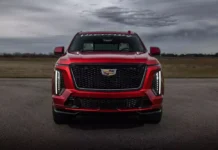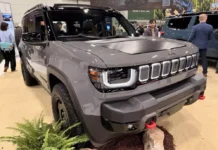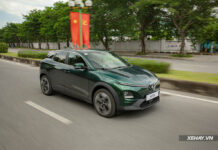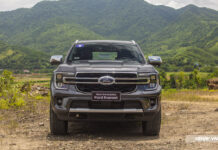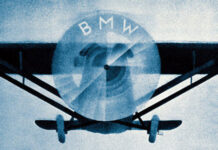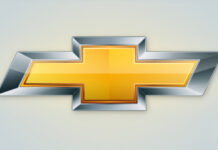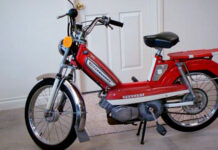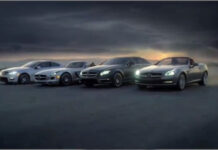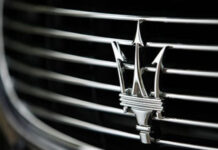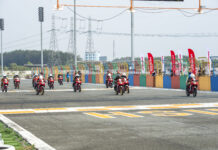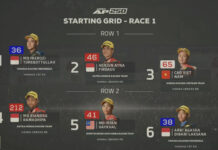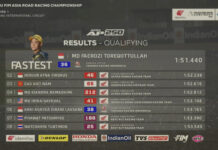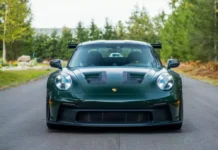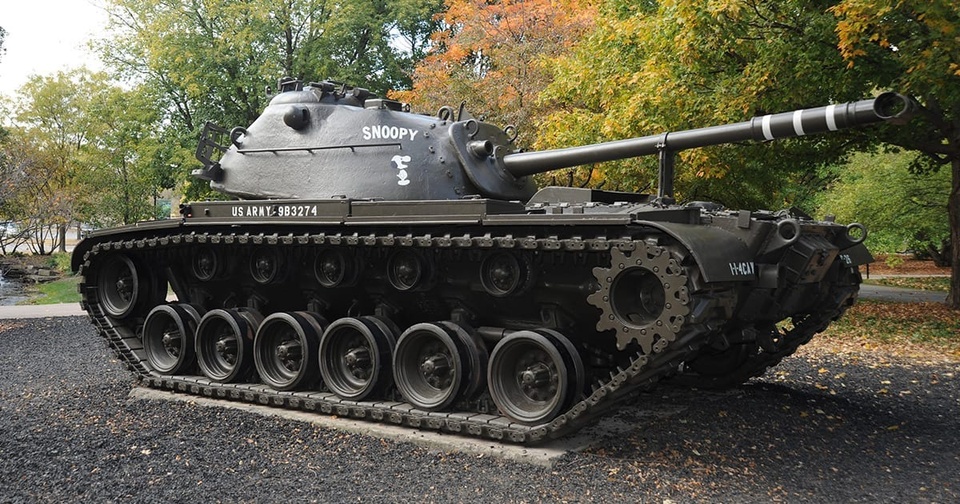
|
The placement of an automobile engine is typically at the front, with only race cars and high-performance vehicles featuring a rear or mid-engine layout. So, where do tanks, with their primary function of combat, fall in this regard?
Front-engined Tanks
Historically, tanks with front-mounted engines were designed by the German military. During World War II, iconic vehicles like the Tiger and Panther tanks were equipped with this engine configuration.
The advantages of front-engined tanks include lower costs, simpler construction, effective cooling, and reduced vibration. However, these tanks had a critical weakness: they were prone to catching fire and even exploding if attacked from the front.
Even if the tank wasn’t completely destroyed by a direct hit, the impact could still cause severe engine damage. Additionally, front-engined tanks tended to accelerate more slowly, reducing their agility.
| |
|
The Tiger I, a renowned tank of World War II. Image source: The Tank Museum. |
While a fireproof bulkhead separated the crew compartment from the engine, this did not eliminate the risk to the driver. In the event of an engine explosion, the officers in the second row would have a better chance of escaping unharmed compared to the driver, who sat closest to the front.
Today, tanks like the German Leopard l and Leopard ll continue to utilize this front-engined design.
The prevalence of front-engined tanks in the German arsenal can be attributed to the involvement of automobile manufacturers like Porsche, Daimler, and Volkswagen in their design. These companies often based their tank prototypes on cars, resulting in a front-engine layout.
Rear-engined Tanks
Nowadays, it is more common for tanks to have their engines placed at the rear. This configuration offers improved acceleration and provides the driver with a more spacious and safer compartment.
However, the risk of engine fires remains a concern, especially since the rear of the tank usually has thinner armor. If this area is penetrated, the engine is likely to explode.
| |
|
The Centurion tank, featuring a rear-mounted engine. Image source: The Tank Museum. |
Additionally, rear-engined tanks are more complex, prone to breakdowns, and present challenges in terms of maintenance and engine cooling.
During World War II, all participating nations except Germany utilized rear-engined tanks. Notable examples include the T-34 and IS-2 from the Soviet Union, France’s AMX 56 Leclerc, the British Centurion, and the American M-48 Patton.
Recommended Reads for Your Journey
Our ‘Xe’ category offers a diverse range of captivating book recommendations to accompany you on your travels. Whether you’re embarking on a road trip or simply enjoying a quiet moment, these books are sure to enrich your journey.







